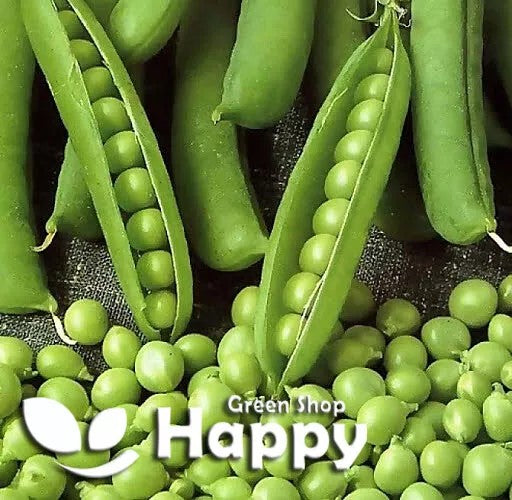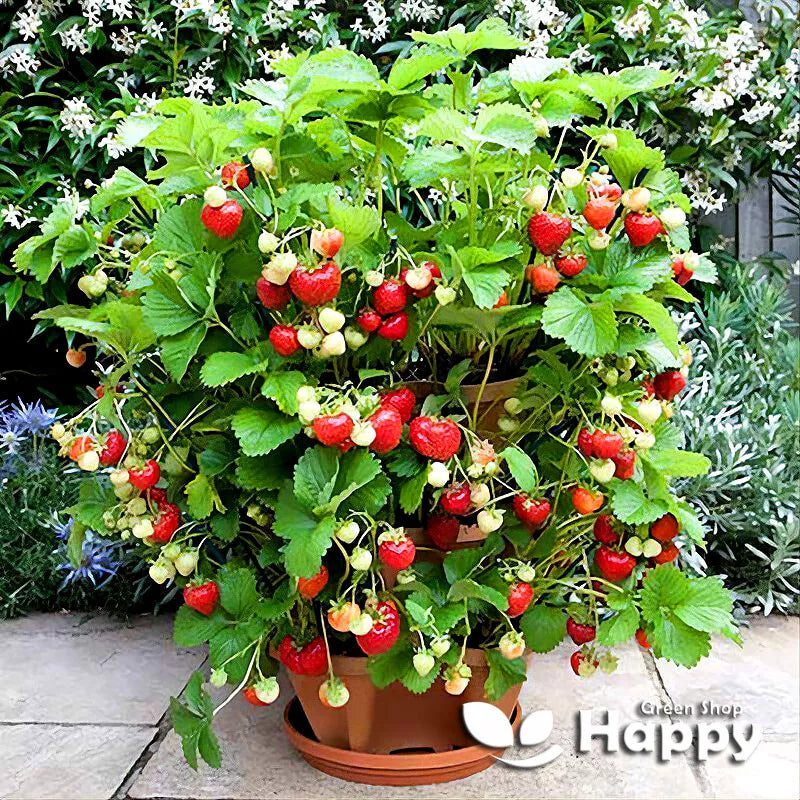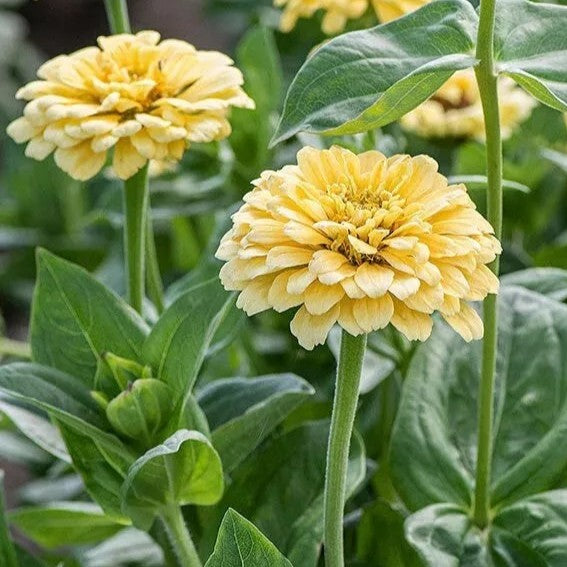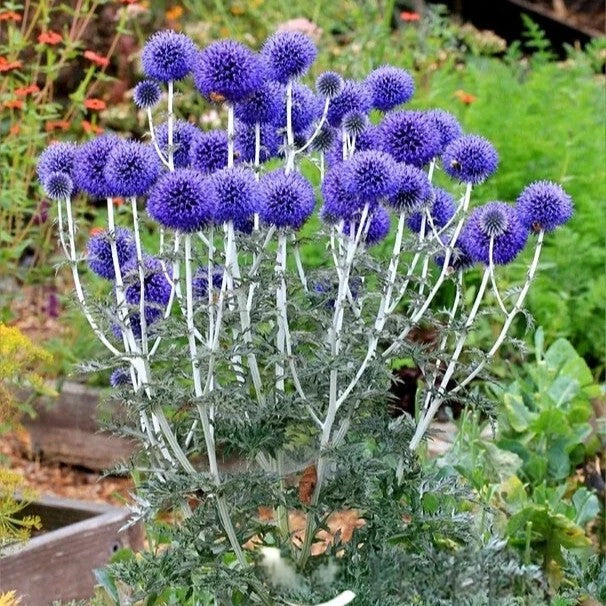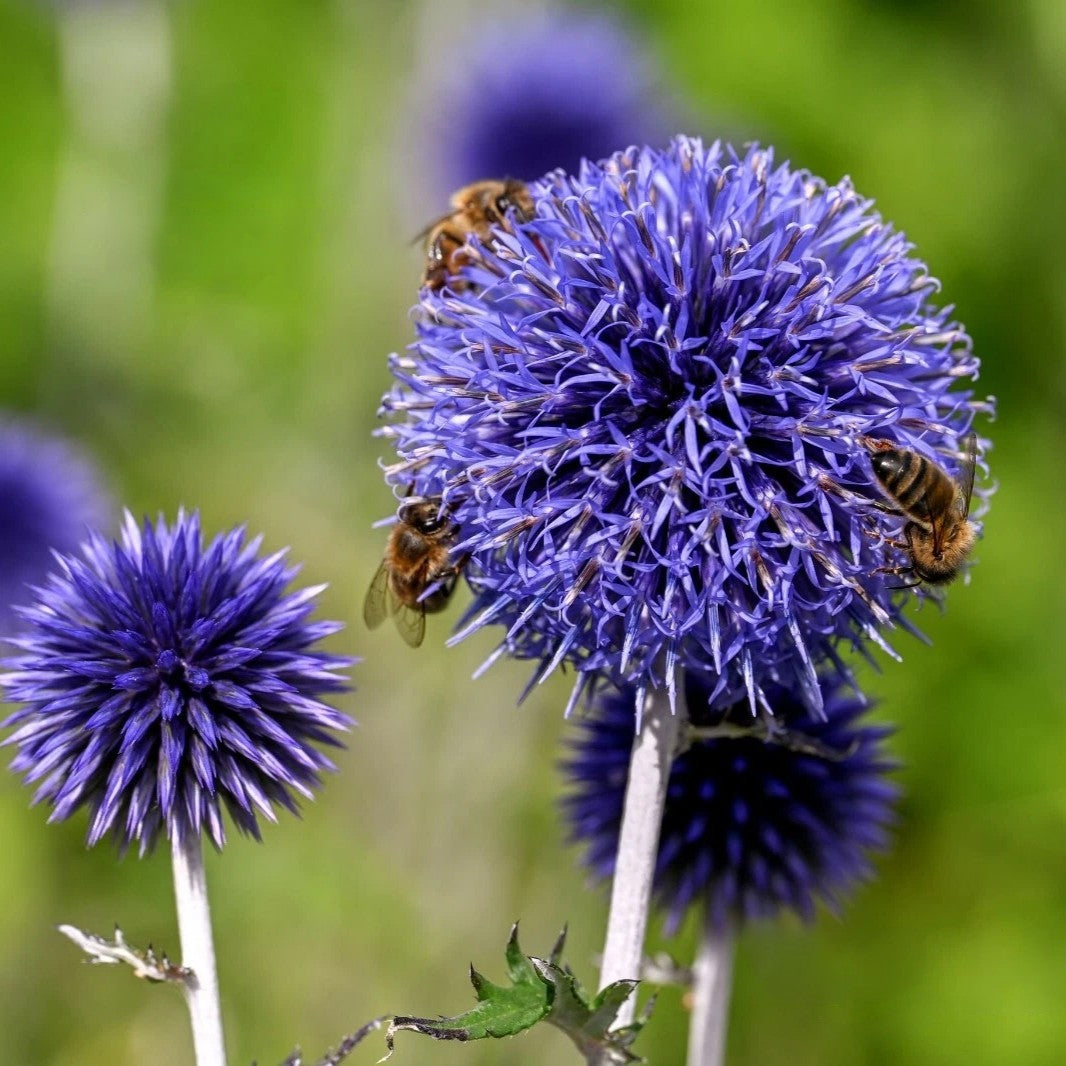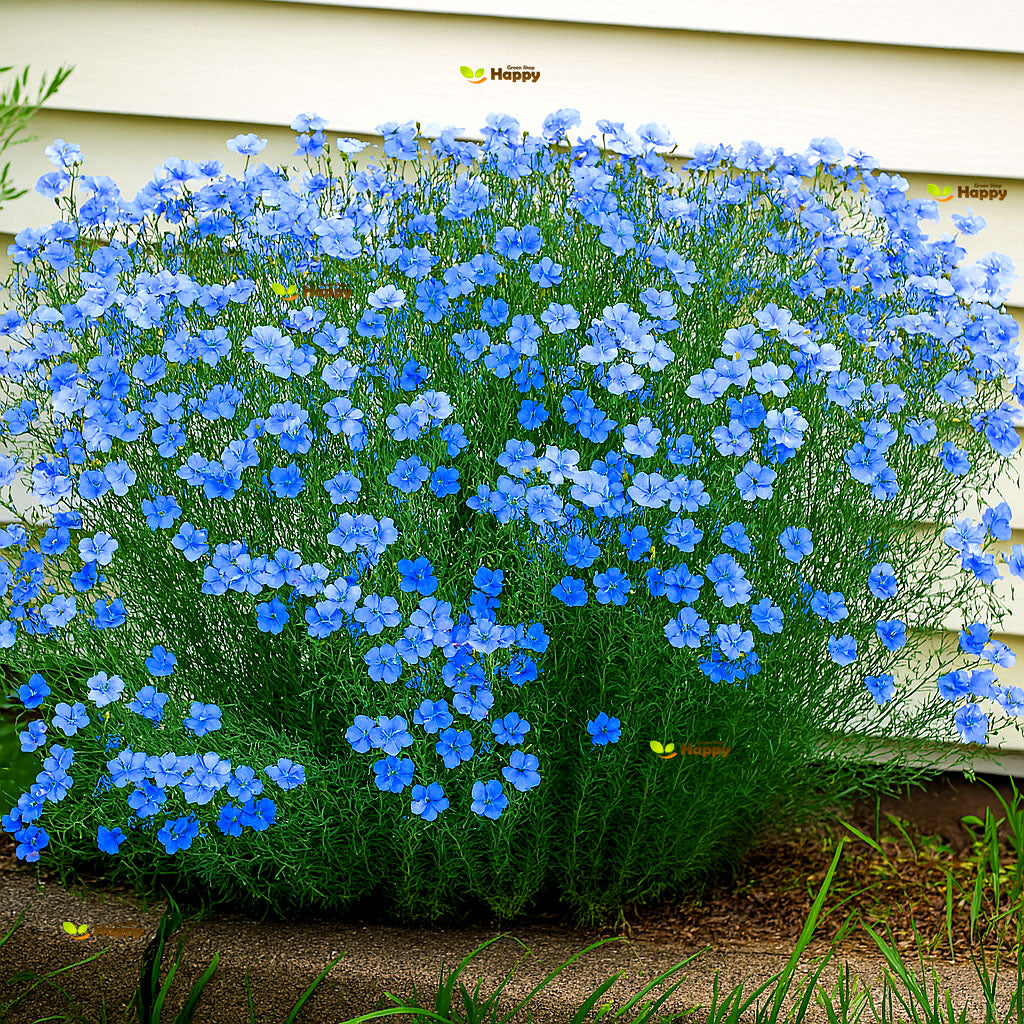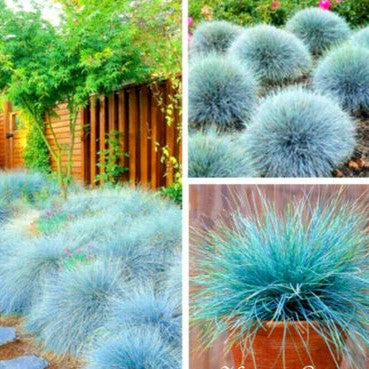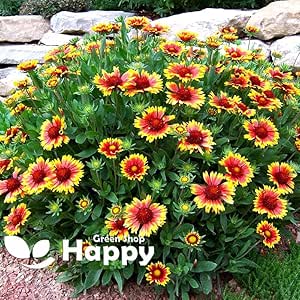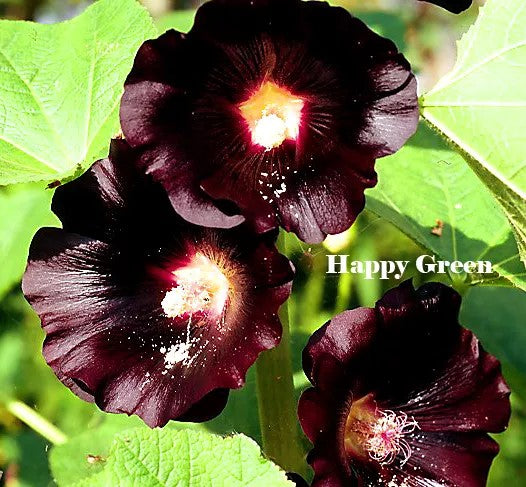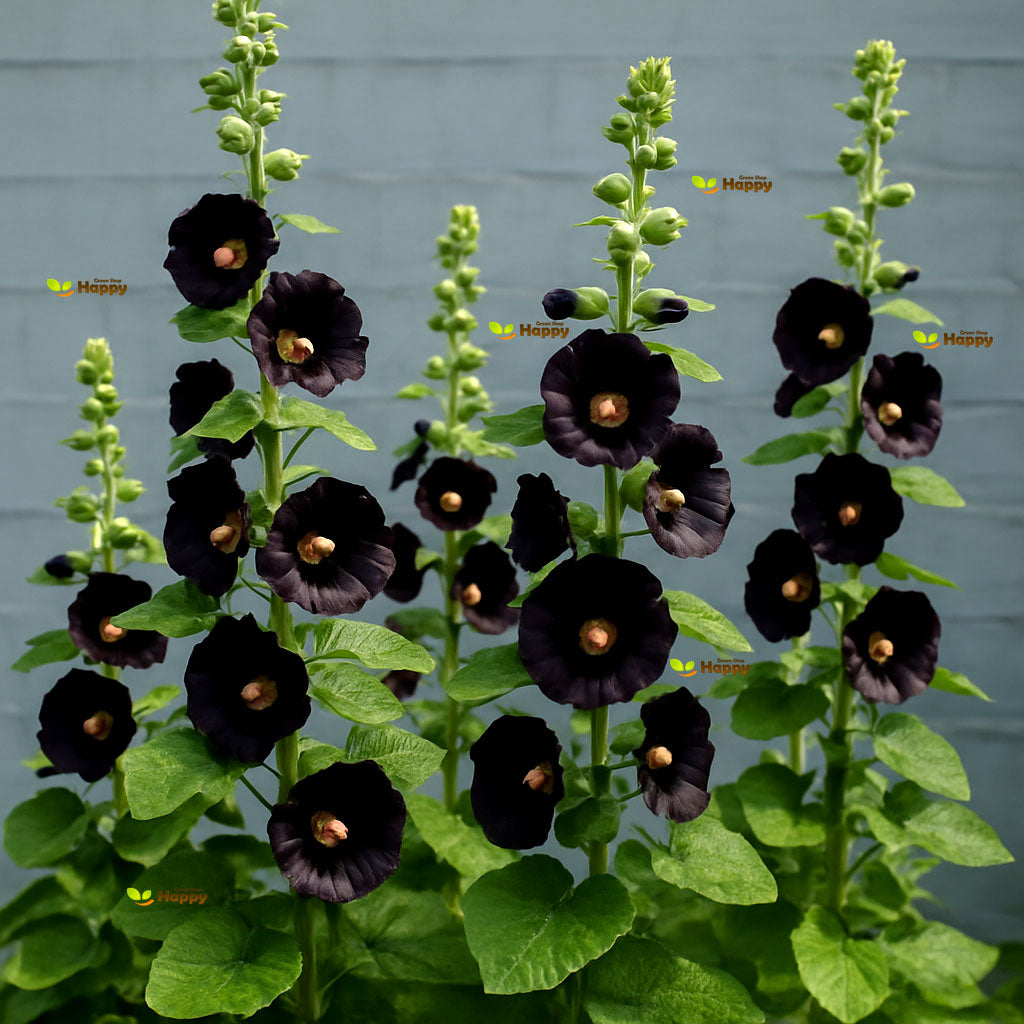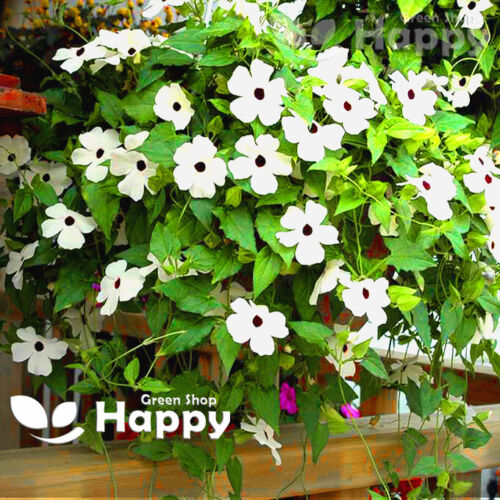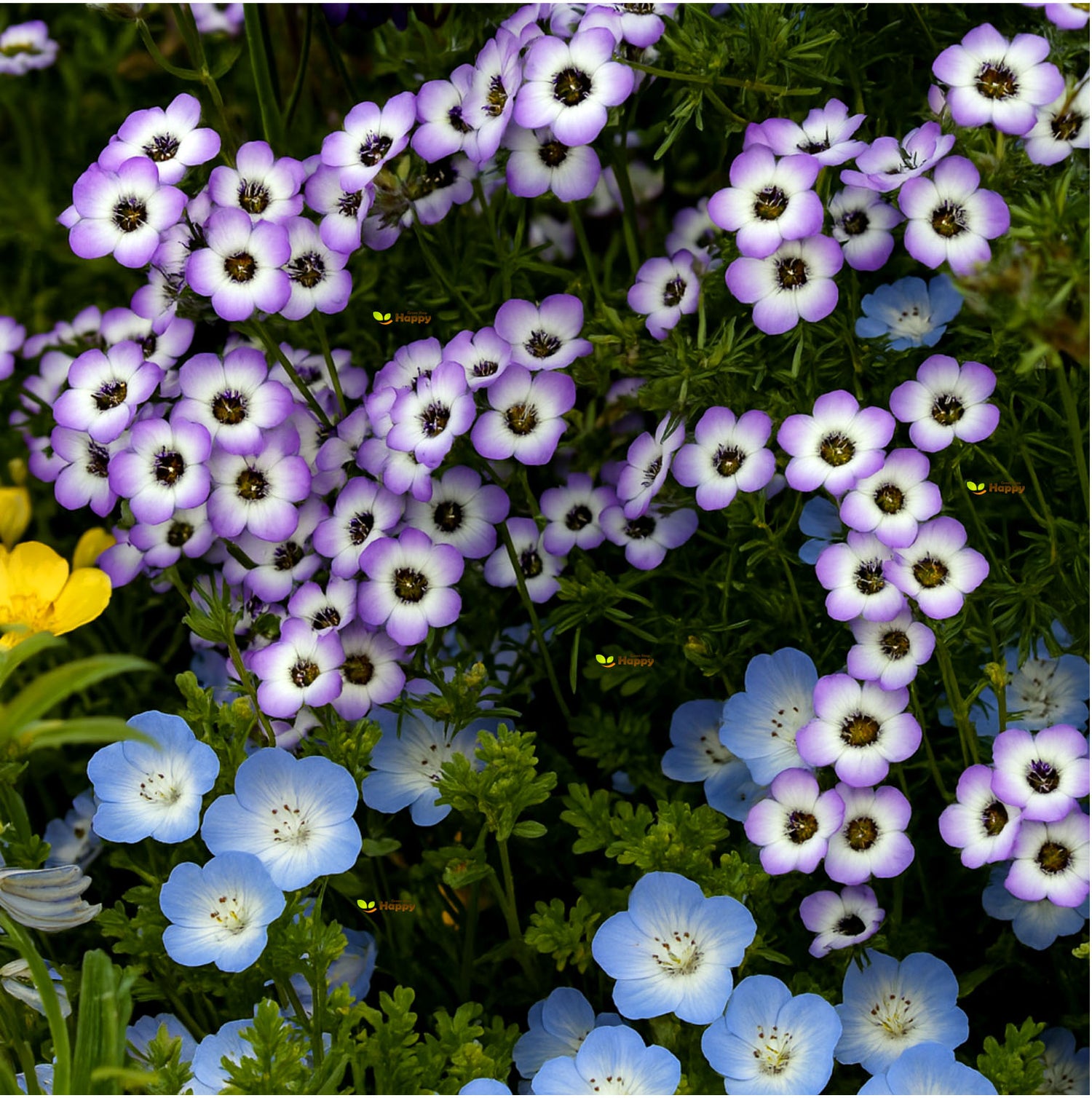Sort by:
326 products
326 products
Blue Globe Thistle Seeds (Echinops ritro)
The Blue Globe Thistle is a striking perennial featuring spiky, metallic-blue globe-shaped flowers atop silvery-green foliage. Its architectural form adds drama to borders, cottage gardens, and wildflower plantings, while also serving as an excellent cut or dried flower. Hardy and drought-tolerant, it attracts bees, butterflies, and other pollinators.
What Makes It Special
-
Unique metallic-blue, spherical flower heads
-
Hardy, drought-tolerant, and long-lasting perennial
-
Excellent for fresh or dried flower arrangements
Key Features
-
Botanical name: Echinops ritro
-
Hardy perennial
-
Height: 60–90 cm (24–36 in)
-
Bloom time: Mid to late summer
Ideal For
-
Architectural accents in borders and cottage gardens
-
Wildflower and pollinator-friendly plantings
-
Fresh and dried cut flower arrangements
Sowing
-
Sow indoors Feb–Apr or outdoors May–Jun
-
Mix seeds with moist compost and refrigerate 2–4 weeks for stratification
-
Germination: 14–35 days at 18–22°C after cold treatment
-
Thin seedlings 40 cm apart
-
Flowers from the second year after sowing
Blue Flax Seeds (Linum perenne)
Delicate yet resilient, Blue Flax produces graceful sky-blue flowers on slender stems that sway gently in the breeze. Blooming over a long season, this hardy perennial is perfect for naturalistic plantings, wildflower meadows, and cottage gardens. Easy to grow and pollinator-friendly.
What Makes It Special
-
Masses of sky-blue, airy flowers
-
Hardy, drought-tolerant, and low-maintenance
-
Long flowering season and pollinator-friendly
Key Features
-
Botanical name: Linum perenne
-
Hardy perennial
-
Height: 30–60 cm (12–24 in)
-
Bloom time: Late spring to summer
Ideal For
-
Wildflower meadows and naturalized plantings
-
Cottage gardens and perennial borders
-
Pollinator-friendly landscapes
Sowing
-
Sow outdoors Mar–May or Aug–Sep
-
Scatter seeds and lightly cover with soil
-
Germination: 14–21 days at 15–20°C
-
Thin seedlings 20–25 cm apart
-
Flowers from the second year after sowing
Blue Fescue Grass Seeds (Festuca glauca)
Blue Fescue is a compact, clump-forming ornamental grass prized for its striking silvery-blue foliage and neat rounded habit. It provides year-round interest and a beautiful contrast to flowering plants, rock gardens, or modern landscapes. Easy to grow and low-maintenance, this grass is a top choice for adding texture and color to gardens.
What Makes It Special
-
Stunning steel-blue foliage that keeps its color year-round
-
Compact, tufted shape – perfect for edging or groundcover
-
Extremely hardy and drought-tolerant once established
-
Low-maintenance and versatile in garden design
Key Features
-
Botanical name: Festuca glauca
-
Common name: Blue Fescue
-
Seed count: Approx. seeds per pack
-
Height/Spread: 20–30 cm tall, 25–30 cm spread
-
Position: Full sun; well-drained soil (thrives in poor, dry soils)
-
Flowering period: Summer (produces delicate flower spikes)
-
Lifespan: Hardy perennial
Ideal For
-
Rock gardens and alpine displays
-
Borders and edging along paths
-
Containers and modern minimalist gardens
-
Drought-tolerant or low-maintenance landscapes
-
Adding color contrast to mixed plantings
Sowing Instructions
-
When to sow: February–April indoors or May–June outdoors
-
How to sow:
-
Sow thinly on the surface of moist, well-draining compost
-
Press seeds lightly into the soil, do not cover deeply (light aids germination)
-
Keep at 15–20°C; germination in 14–28 days
-
-
Transplant: When seedlings are large enough, prick out and grow in pots before planting out
-
Planting out: Choose a sunny spot with free-draining soil; avoid overly wet conditions
-
Care: Minimal maintenance required. Cut back old leaves in early spring to encourage fresh growth.
Blanket Flower Mix Seeds (Gaillardia aristata)
A vibrant and hardy perennial, Blanket Flower Mix produces daisy-like blooms in shades of red, orange, and yellow with contrasting centers. Long-flowering and drought-tolerant, these plants are perfect for borders, wildflower gardens, and containers, attracting bees and butterflies throughout summer.
What Makes It Special
-
Bright, daisy-like flowers in red, orange, and yellow tones
-
Drought-tolerant, hardy, and long-flowering
-
Attracts pollinators, enhancing wildlife-friendly gardens
Key Features
-
Botanical name: Gaillardia aristata
-
Hardy perennial
-
Height: 30–60 cm (12–24 in)
-
Bloom time: Summer to early autumn
Ideal For
-
Borders, beds, and wildflower gardens
-
Containers, pots, and window boxes
-
Pollinator-friendly plantings
Sowing
-
Sow indoors Feb–Apr or outdoors Mar–May
-
Cover lightly with soil and keep moist
-
Germination: 10–21 days at 15–20°C
-
Thin seedlings 25–30 cm apart
-
Flowers the first or second season after sowing
Blackberry Lily – Seeds
(Belamcanda chinensis)
Blackberry Lily is a striking perennial with bright orange, freckled flowers that bloom in summer, followed by shiny black seed pods resembling berries. Its upright clumping habit and sword-shaped foliage make it ideal for borders, cottage gardens, and ornamental plantings. Low-maintenance and hardy, it attracts pollinators and adds vibrant color to any garden.
Why Grow Blackberry Lily?
-
Bright orange, freckled summer flowers
-
Unique black seed pods for decorative interest
-
Attracts bees and butterflies
-
Low-maintenance, hardy perennial
Key Features
-
Type: Perennial
-
Height: 60–90 cm
-
Flowers: Summer
-
Position: Full sun to partial shade
-
Soil: Well-drained, fertile
Ideal For
-
Borders, cottage gardens, and perennial beds
-
Pollinator-friendly gardens
-
Decorative seed pod interest
-
Low-maintenance ornamental planting
Sowing & Growing
-
Sow indoors: February–April in seed trays
-
Sow outdoors: April–May in prepared soil
-
Germination: 14–28 days at 18–20°C
-
Spacing: 30–40 cm apart
-
Care: Moderate watering; remove weeds and deadhead for prolonged flowering
Black Peony Poppy – Seeds (Papaver paeoniflorum)
Black Peony Poppy (Papaver paeoniflorum) is a striking annual known for its large, double-layered deep black blooms. Its dramatic flowers create a bold statement in borders, cottage gardens, and cutting gardens. Easy to grow and long-flowering, this poppy adds a unique, elegant touch while attracting pollinators to your garden.
Why Grow "Black Peony Poppy"
-
Large, double deep black blooms
-
Long flowering period from late spring to early summer
-
Adds a dramatic, elegant accent to gardens
-
Attracts bees and butterflies
Key Features
-
Type: Annual (Papaver paeoniflorum)
-
Height: 50–70 cm
-
Flowering: May–July
-
Position: Full sun
-
Uses: Borders, cottage gardens, cutting gardens, pollinator-friendly planting
Ideal For
-
Dramatic focal points in borders and beds
-
Cottage-style and romantic gardens
-
Cutting gardens for unique bouquets
-
Pollinator-friendly gardens
Sowing & Growing
-
Sow outdoors: March–May directly in prepared soil
-
Germination: 10–20 days at 15–20°C
-
Thin seedlings to 20–30 cm apart
-
Prefers full sun and well-drained soil
-
Deadhead to prolong flowering
Black Hollyhock – Seeds (Althaea rosea nigra)
Black Hollyhock (Althaea rosea nigra) is a striking biennial producing tall spikes of deep, dark purple to almost black double blooms. Its dramatic flowers create a bold focal point in borders, cottage gardens, and pollinator-friendly areas. Easy to grow and long-lasting, this variety attracts bees and butterflies while adding elegance and vertical interest to any garden.
Why Grow "Black Hollyhock"
-
Tall spikes of deep purple to nearly black flowers
-
Dramatic focal point for borders and cottage gardens
-
Attracts bees, butterflies, and other pollinators
-
Hardy biennial with long-lasting blooms
Key Features
-
Type: Biennial (Althaea rosea nigra)
-
Height: 1.8–2.0 m
-
Flowering: Second year after sowing
-
Position: Full sun
-
Uses: Borders, cottage gardens, pollinator planting, cut flowers
Ideal For
-
Creating vertical interest and dramatic color in borders
-
Cottage and mixed garden designs
-
Pollinator-friendly planting
-
Gardeners seeking bold, elegant biennial flowers
Sowing & Growing
-
Sow indoors: January–March
-
Sow outdoors: Directly in soil April–May
-
Germination: 14–21 days
-
Plant out after last frost, spacing 45–60 cm apart
-
Prefers full sun and well-drained soil
Black-Eyed Susan White Seeds (Thunbergia alata)
Black-Eyed Susan White is a vigorous, climbing annual producing striking white flowers with contrasting dark centers. Its trailing and twining habit makes it perfect for trellises, fences, arbors, and containers. Loved for its long flowering season and fast growth, it adds vertical interest and bright, cheerful color to any garden.
What Makes It Special
-
Bright white flowers with contrasting dark centers
-
Vigorous climbing and trailing growth ideal for vertical displays
-
Long-flowering, providing summer and autumn color
-
Attracts pollinators such as bees and butterflies
Key Features
-
Botanical name: Thunbergia alata
-
Variety: White
-
Seed count: Approx. seeds per pack
-
Height/Spread: Climbs 1.5–2.5 m; spread depends on support
-
Position: Full sun to partial shade; fertile, well-drained soil
-
Flowering period: June–October
Ideal For
-
Trellises, fences, arches, and arbors
-
Hanging baskets and containers with support
-
Vertical interest in garden beds and borders
-
Pollinator-friendly gardens
Sowing Instructions
-
When to sow: February–April indoors; March–May outdoors
-
How to sow:
-
Sow seeds 0.5–1 cm deep in pots or seed trays
-
Germination in 10–14 days at 20–25°C
-
-
Transplanting: Plant outdoors after frost, spacing 25–30 cm apart with support
-
Care: Water regularly; provide trellis or support for climbing; deadhead to prolong flowering
Bird’s Eyes – Seeds
(Gilia tricolor)
Bird’s Eyes (Gilia tricolor) is a delightful annual wildflower producing masses of small, trumpet-shaped blooms in shades of purple, lavender, and cream with golden throats. Compact and bushy, this variety creates cheerful, nectar-rich displays that attract bees and butterflies, perfect for naturalistic plantings and wildflower gardens.
Why Grow Bird’s Eyes?
-
Charming pastel blooms with golden centers
-
Compact and easy to grow annual
-
Excellent for pollinators
-
Long flowering season for summer color
Key Features
-
Type: Hardy annual
-
Height: 20–40 cm
-
Flowers: Late spring to summer
-
Position: Full sun
-
Soil: Light, sandy, well-drained
Ideal For
-
Wildflower gardens and meadows
-
Cottage garden borders
-
Pollinator-friendly planting
-
Containers and small garden spaces
Sowing & Growing
-
Sow outdoors: March–May or in autumn where they are to flower
-
Germination: 14–21 days at 15–20°C
-
Thin seedlings to 15–20 cm apart
-
Care: Prefers poor soils, minimal feeding required
Showing 297/326

